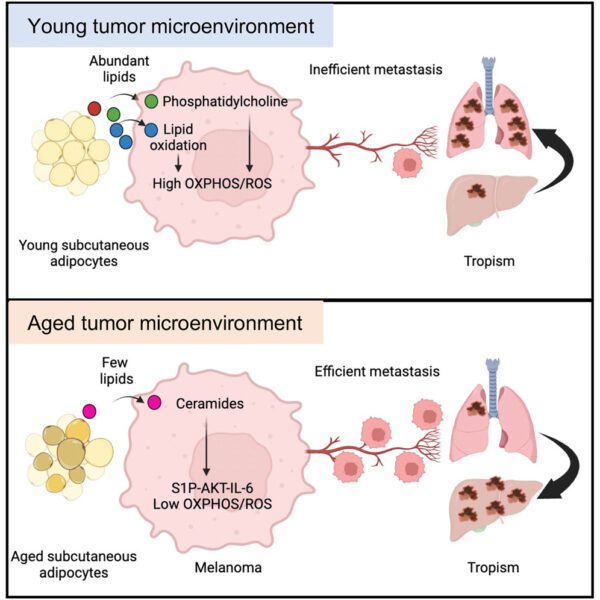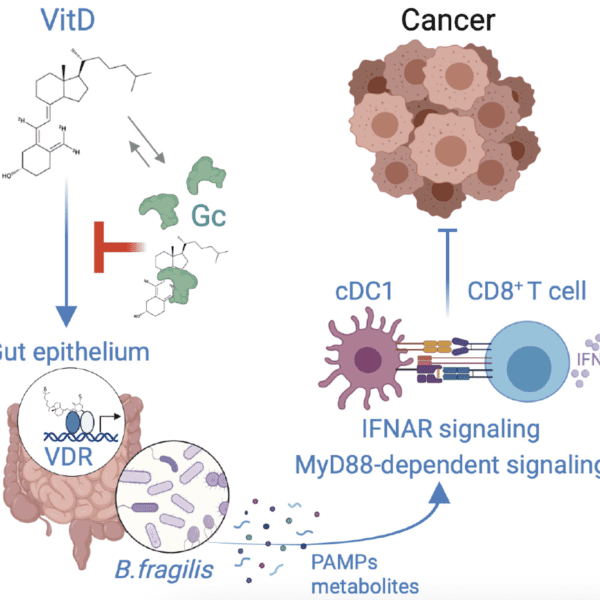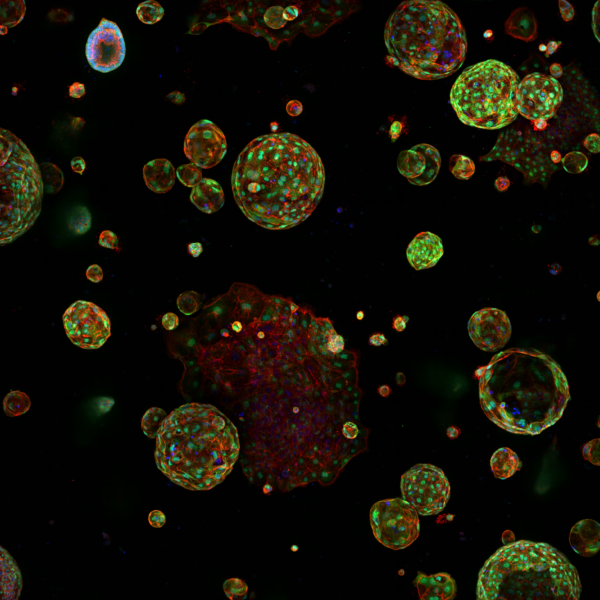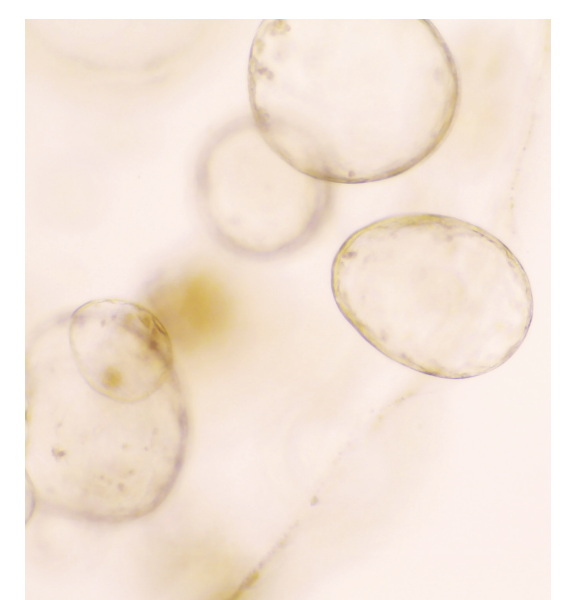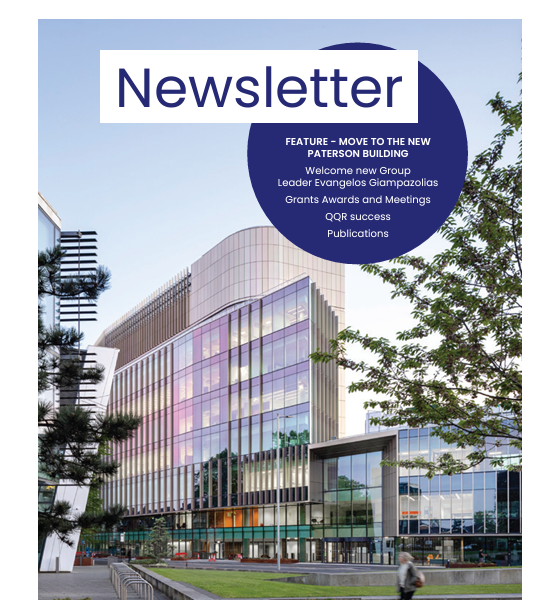Article highlights & insights
Disease relapse remains common following treatment of acute myeloid leukemia (AML) and is due to chemoresistance of leukemia cells with disease repopulating potential. To date, attempts to define the characteristics of in vivo resistant blasts have focused on comparisons between leukemic cells at presentation and relapse. However, further treatment responses are often seen following relapse, suggesting that most blasts remain chemosensitive. We sought to characterise in vivo chemoresistant blasts by studying the transcriptional and genetic features of blasts from before and shortly after induction chemotherapy using paired samples from six patients with primary refractory AML.
We found that chemorefractory blasts from leukemias with varied genetic backgrounds expressed a common transcriptional program. In contrast to the notion that LSC quiescence confers resistance to chemotherapy we find that refractory blasts are both actively proliferating and enriched with LSC maintenance genes. Using primary patient material from a relevant clinical context we also provide further support for the role of FOXM1 in chemotherapy resistance, proliferation and stem cell function in AML.
Disease relapse remains common following treatment of acute myeloid leukemia (AML) and is due to chemoresistance of leukemia cells with disease repopulating potential. To date, attempts to define the characteristics of in vivo resistant blasts have focused on comparisons between leukemic cells at presentation and relapse. However, further treatment responses are often seen following relapse, suggesting that most blasts remain chemosensitive. We sought to characterise in vivo chemoresistant blasts by studying the transcriptional and genetic features of blasts from before and shortly after induction chemotherapy using paired samples from six patients with primary refractory AML.
We found that chemorefractory blasts from leukemias with varied genetic backgrounds expressed a common transcriptional program. In contrast to the notion that LSC quiescence confers resistance to chemotherapy we find that refractory blasts are both actively proliferating and enriched with LSC maintenance genes. Using primary patient material from a relevant clinical context we also provide further support for the role of FOXM1 in chemotherapy resistance, proliferation and stem cell function in AML.
